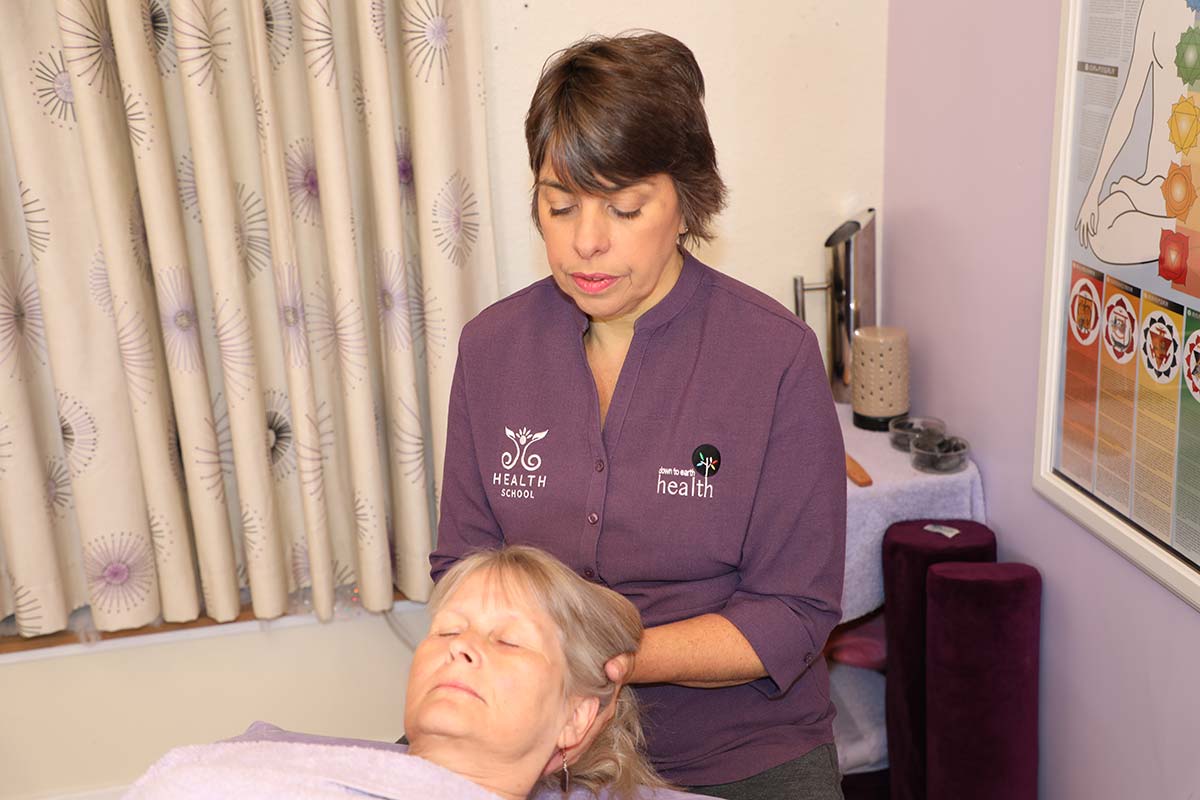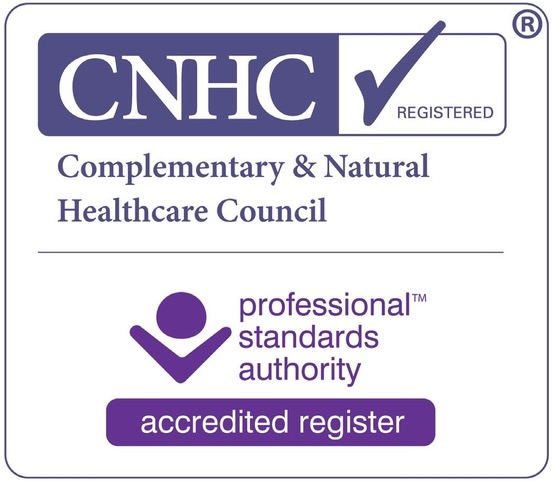-
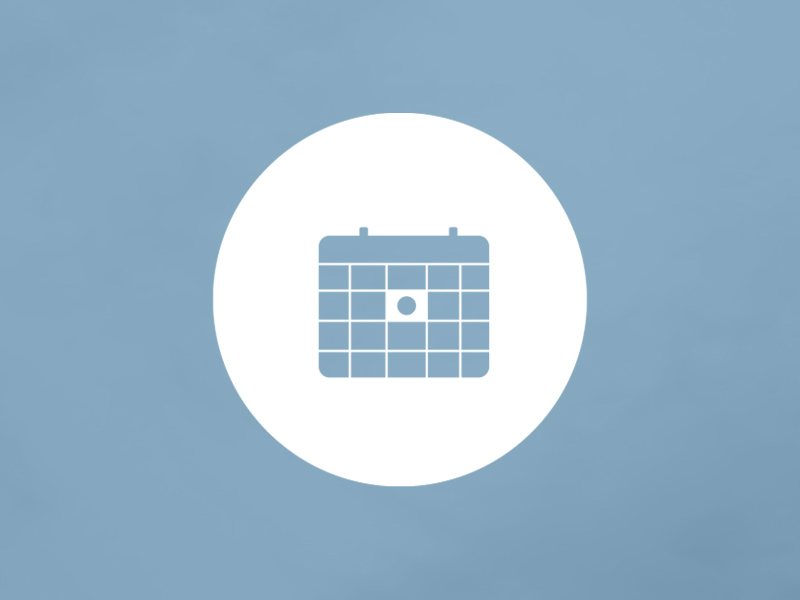 anemptytextllineBook an appointment with Rosemary at the Down to Earth Health treatment room.
anemptytextllineBook an appointment with Rosemary at the Down to Earth Health treatment room. -
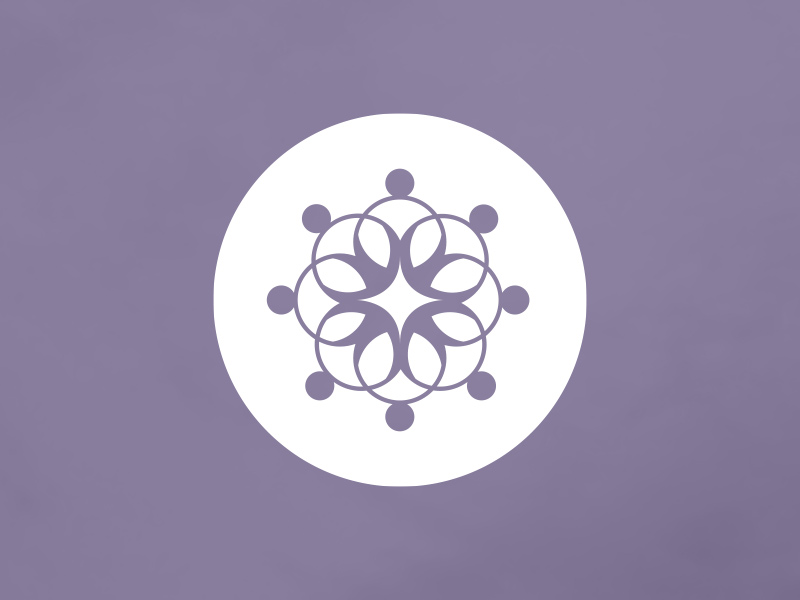 Online Members AreaanemptytextllineThe DTEH Inner Health Hub will offer members access to members only content.
Online Members AreaanemptytextllineThe DTEH Inner Health Hub will offer members access to members only content. -
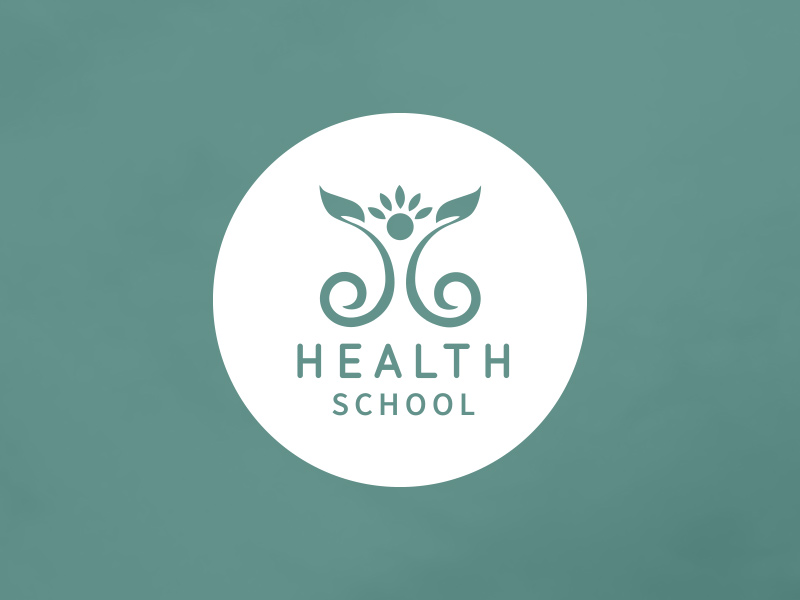 anemptytextllineExpand your learning and career potential with one of our Kinesiology courses.
anemptytextllineExpand your learning and career potential with one of our Kinesiology courses.
Massage
What is Massage?
Massage is the manipulation of the body’s soft tissues and can be used for a variety of reasons:-
- providing comfort in response to pain,
- relax the body when it is tense or stressed,
- prevent injuries from happening,
How is it done?
Massage is probably the therapy in which I am most present right in each moment. What I mean by this is that in Kinesiology, I am often thinking about what supplement or essence could be helpful here.
With massage or touch, it is fully how the body feels under my hands. Most of my senses are used – in my training in Clinical Massage we were taught about listening thumbs and it’s so true. Very often during a massage i will close my eyes just so that I can focus even more fully on how the muscles or the fascia feels and moves or if it’s stuck somewhere underneath the pressure of my hands.
Even when “it only hurts on the right” I still like to feel what the other side is doing as a comparison. It may be that an old injury long forgotten is showing itself and the side that hurts is compensating and therefore working too hard.
The classic strokes used in Swedish massage such as effleurage, petrissage, friction, tapotement and vibration as well as the variations that have emerged such as nerve strokes and trigger point work are all used.
Deep slow pressure may be needed to release a tense or contracted muscle and during this type of work I will generally be using myofascial techniques such as skin rolling, or deep release work.
Pressure is always applied gradually until the desired effect is achieved. Discomfort may be experienced but pain should never go beyond your threshold and I encourage you to tell me when you feel pain.
During a Treatment?
Massage is generally done on skin using a balm or oil so I ask you to undress appropriately for the massage, (underwear is kept on). While one area of the body is being worked on for example the leg, the rest of the body is kept warm and covered with towels. When that area is finished, it is re-covered and then I move on to the next area.
After the massage, I give you time to get dressed again, have a drink of water and have a chat with you about how it felt and how you feel after it. This is to help you feel grounded again as well as to ascertain what changes have occurred.
I always encourage you to drink some extra water after a massage and in the hours that follow. This is because one of the fluids in the body called the lymph has been stimulated. The lymph is the cleaning fluid and to ensure that it can eliminate anything it finds it is good to have some extra fluid in the body.
Below is a list of conditions that massage can benefit:
Condition |
How massage helps |
| Headaches including: cluster, muscular, sinus. | Relieving tension and congestion. |
| Insomnia | Increasing relaxation |
| Reduces Stress & Anxiety | Decreases activation of the nervous system and promotes the relaxation response. |
| Muscle Fatigue & Soreness (including areas affected by fibromyalgia, fascial restrictions and some joint problems) | Boosts lymph which cleanses the tissue and draws oxygen and nutrients via the blood to the affected area |
| Respiratory Problems | Drainage is encouraged which eases the problem |
| Nerve entrapment conditions such as: Carpal Tunnel Sciatica Shoulders |
These problems are often relieved by work done to relieve the myofascial component in the area. |

